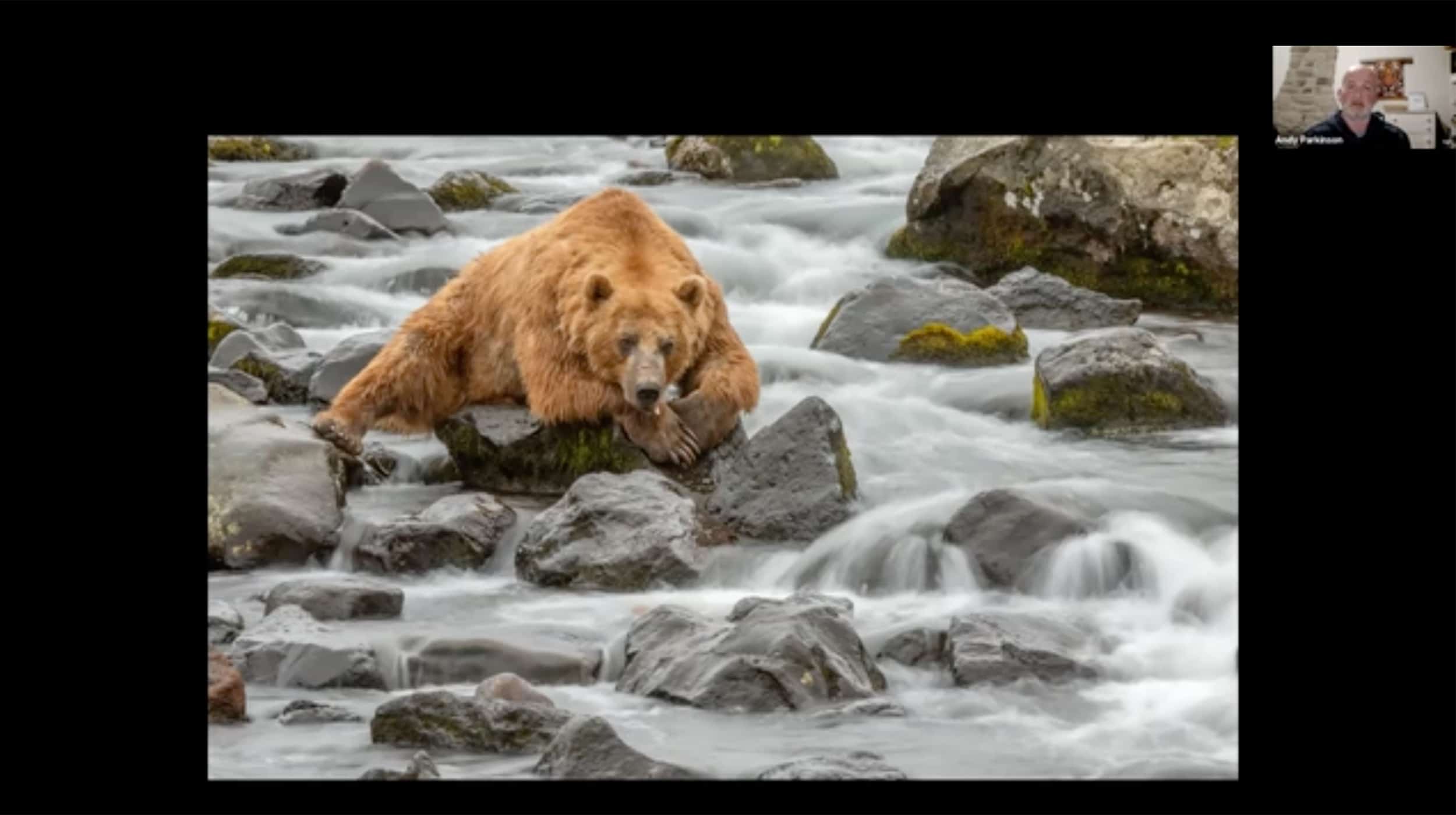
The Masterclasses online: what we learned on the third day
On 21 April, National Geographic Traveller (UK) hosted two final Masterclasses, bringing the three-day online event to a close.
Is there a science to pitching stories? During the first session of the evening, commissioning editor Connor McGovern asked travel writers Ben Lerwill, Emma Thomson and Travis Levius, plus editor Pat Riddell, to share their advice on the topic. The final photography class, meanwhile, had National Geographic Traveller’s senior designers, Lauren Gamp and Kelly McKenna, discuss the secrets of taking winning nature shots with photographers Andy Parkinson, Greg Funnell and Slawek Kozdras.
If you missed it, here are some of the evening’s top takeaways:
How to pitch and get published
Keep your finger on the pulse of destinations
How do you come up with a good pitch? “You have to have your fingers in many pies,” said Emma. She recommended keeping track of anything from new flight routes opening up and bringing new areas to light, to new UNESCO World Heritage Site announcements, the news and anniversaries.
Get in the ear of PRs
Getting publicists to email you ideas is a great way to stay in touch with what’s going on, said Travis — especially if you specialise in a particular niche. “I cover hotels, so it’s very important for me to know what’s going on, what the new openings are. It’s hard for me to keep track if I’m just doing that by myself,” he said.
Get to know publications
“It’s vital that you actually know the publication and understand the kind of content it has,” said Ben. Ensure you’ve read at least a couple of recent issues to familiarise yourself with regular formats and sections and understand the tone. If it’s a magazine you already know and enjoy, it’ll make the pitch easier to put together.
News hooks are good, but not essential
“The hint of something topical in you pitch helps give editors a reason to publish,” said Pat, “but then, what’s truly important is the angle of the story.” If you’re just starting out as a travel writer or you’re pitching to a publication for the first time, you’ve got to have one or two good, focused ideas in your pitch on what the angle is in that destination.
Dos and don’ts of wildlife, nature and landscape photography
Focus on the experience of photographing
When you’re taking nature photographs, said Slawek, you rely and depend on external factors — on coming across an animal, on beautiful light, on the weather being right. “You can’t be certain, with this kind of photography, that you will actually get what you set out to do,” he continued, “and that’s why you shouldn’t forget to focus on the experience itself.”
Don’t take the image you’ve seen before
Finding something that’s not a cliche is essential. “You have to try to find a way that stops people in their tracks,” said Greg. “Photos shouldn’t have all of the answers — a photo should probably, actually, pose more questions. What you want is for someone to look at the image and pause, and to do that you have to have a little bit of mystery.”
Give your wildlife images context
“One of my primary objectives with wildlife photography is to contextualise the animal within the environment that I’m photographing,” said Andy. You’re looking to reveal the relationship between the subject and the environment, and don’t be afraid to explore unusual angles to do so. And remember: the animals’ wellbeing is the number-one priority.
Landscapes should transport viewers to the destination
What do designers look for when choosing landscape photos for a feature? “Big, breathtaking, in-the-moment landscapes,” said Kelly. “I wouldn’t be drawn to anything that I can find on stock or Google. We tend to get a lot of drawn-back landscape images, and I quite like the ones on the ground level, so we can really transport our readers there, in the story with us.”
